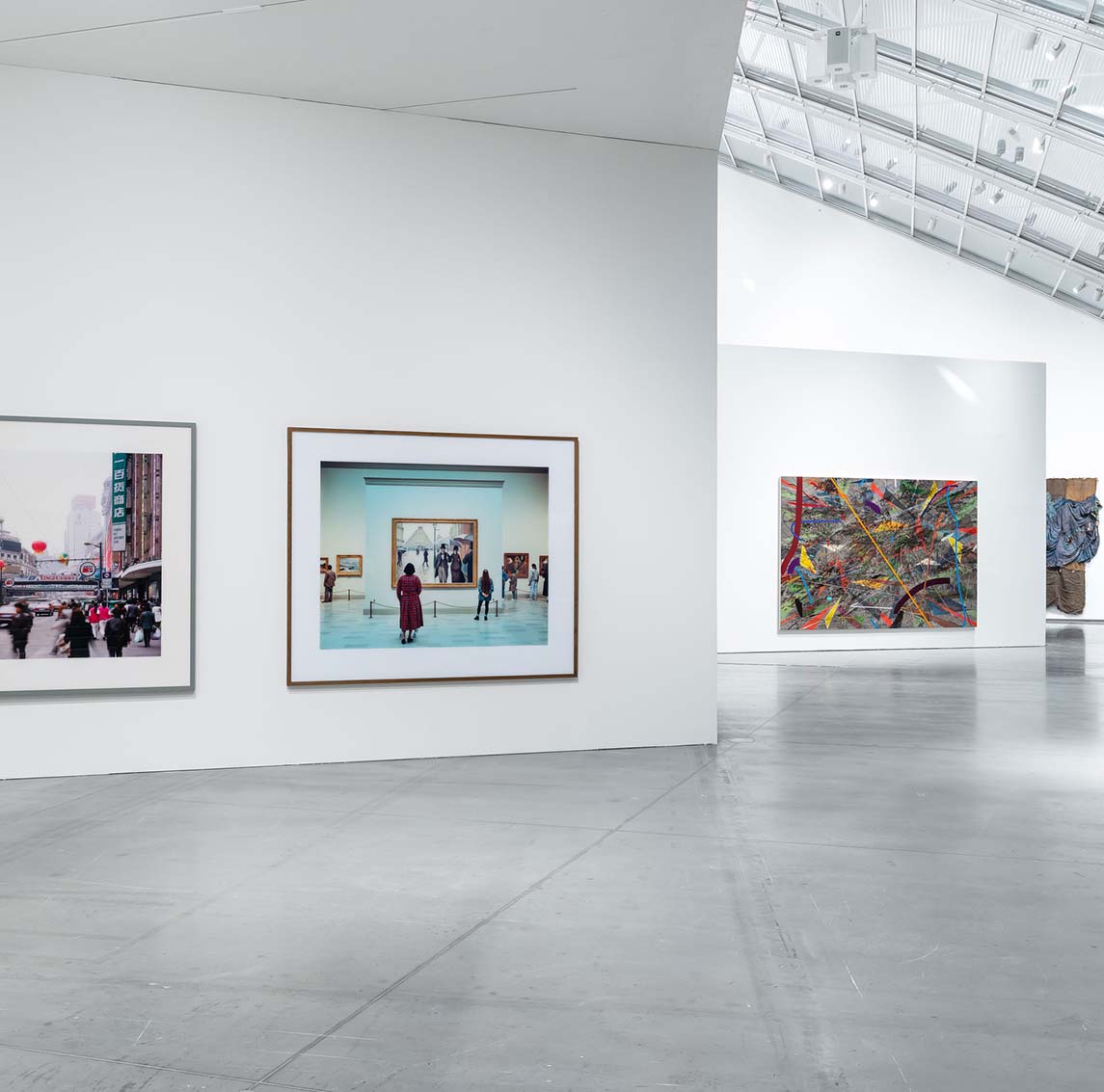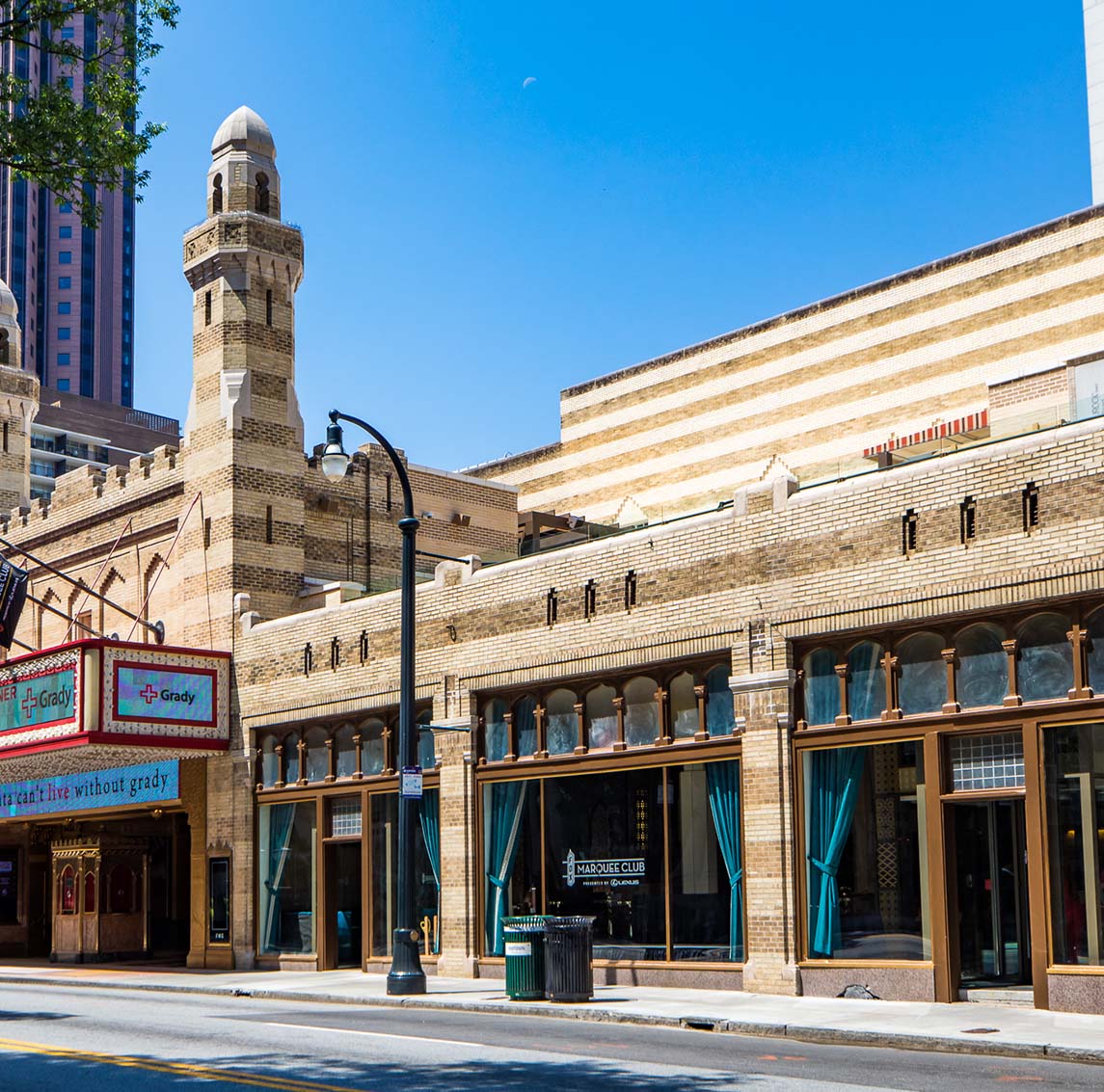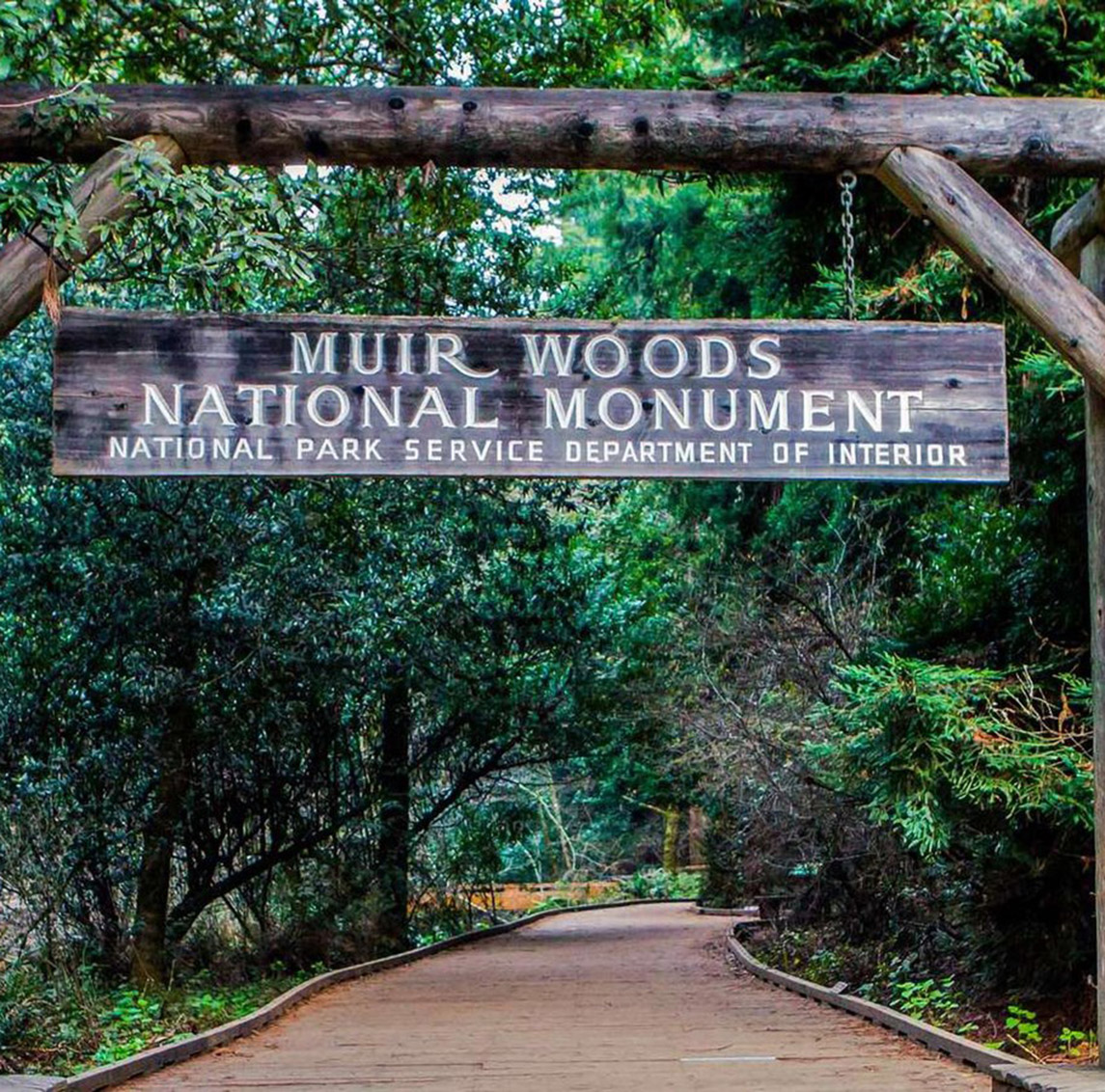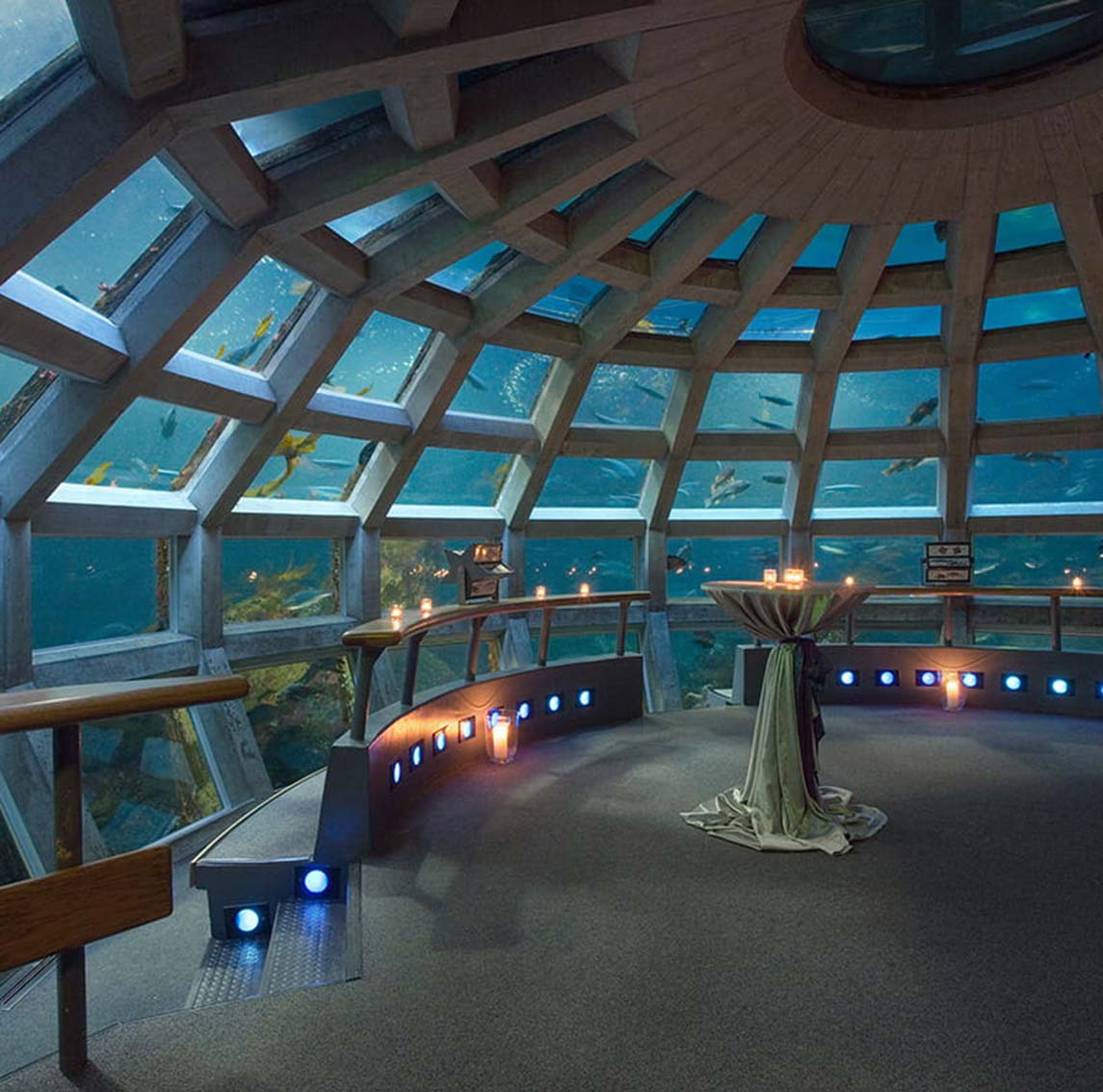Adelaide, the vibrant capital of South Australia, is a city steeped in history and culture, a treasure trove waiting to be explored. I found myself irresistibly drawn to Adelaide’s rich tapestry of museums, art galleries, and historical sites. Join me on a journey through this city, where I will share my personal travel stories, experiences, and recommendations for some of the most captivating cultural venues.
1. South Australian Museum
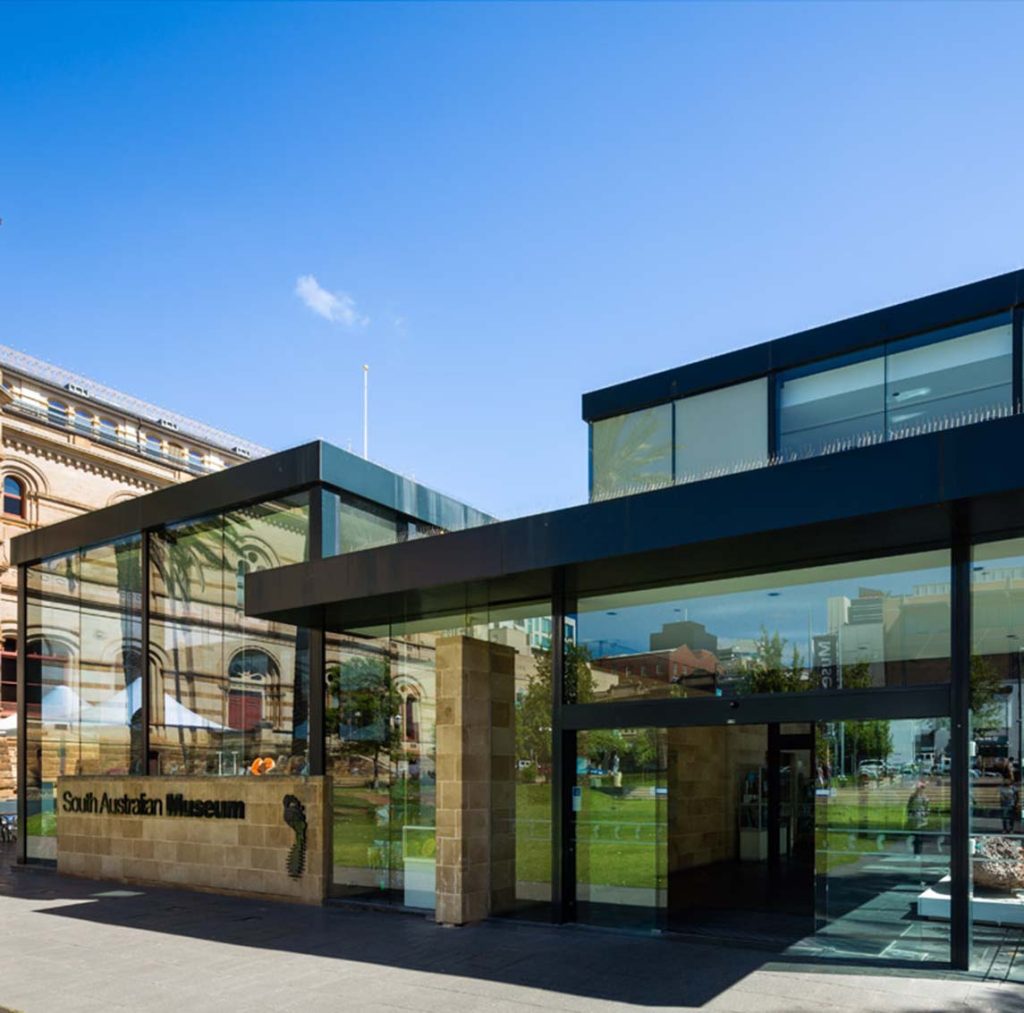
Ticket Information: Free entry to the permanent collection, special exhibitions may have an admission fee
My cultural voyage through Adelaide began at the iconic South Australian Museum. It’s hard to miss the grandeur of the building as it stands proudly on North Terrace, its imposing façade promising a world of discovery within. The South Australian Museum is not just a place to observe history and culture; it’s a place to become part of it.
As I entered, I was welcomed by a sense of awe, not just at the exquisite displays but also at the history that unfolded within these walls. It’s a journey through time, from the ancient mysteries of fossils to the contemporary marvels of indigenous art. The museum’s commitment to preserving and celebrating Aboriginal heritage is evident in its Indigenous Cultures Gallery, which houses a remarkable collection of artifacts and artworks. The stories told through these exhibits are not just historical but deeply personal, giving a glimpse into the diverse and rich cultures of Australia’s First Nations peoples.
The South Australian Museum is a sprawling edifice of knowledge and wonder. It is a place where you can lose yourself in time, from the Megafauna section that brings prehistoric giants back to life, to the enchanting Egyptian mummies that whisper secrets of an ancient civilization. The mineral collection is an absolute gem, showcasing the breathtaking beauty hidden beneath the Earth’s surface. The South Australian Biodiversity Gallery is a mesmerizing diorama of local ecosystems, reminding us of the unique and fragile beauty of our natural world.
One of the aspects I found particularly engaging was the open-plan layout of the museum, where visitors can witness researchers and scientists at work. It’s a reminder that this is not just a place to reminisce about the past but a dynamic institution actively contributing to our understanding of the world.
The best part of visiting the South Australian Museum is that it offers free entry to the permanent collection, making it accessible to all. However, it’s important to note that special exhibitions may have an admission fee. This is worth considering, especially if there’s a particular temporary exhibit that piques your interest.
The museum is open daily, providing ample opportunity for both locals and tourists to explore its treasures. Its central location on North Terrace makes it a convenient starting point for a cultural journey through the city. And when you’ve had your fill of history and wonder, you can step outside and enjoy the picturesque grounds of the North Terrace cultural precinct.
2. Art Gallery of South Australia
Ticket Information: Free entry to the permanent collection, special exhibitions may have an admission fee
From the South Australian Museum, I continued my journey just a short stroll away to the Art Gallery of South Australia. The gallery, nestled in a majestic building, is itself a piece of art. Its classical façade and timeless elegance create an inviting atmosphere for art enthusiasts and casual visitors alike.
The gallery’s permanent collection is a captivating journey through the world of art. As I wandered through the halls, I was immersed in a diverse spectrum of artistic expressions. From classical European masterpieces to contemporary Australian works, it’s a visual feast that offers something for everyone. The collection includes renowned pieces such as Sidney Nolan’s “Ned Kelly” series and John Glover’s enchanting landscapes.
The Art Gallery of South Australia also hosts special exhibitions that add an extra layer of artistic diversity to the experience. These exhibitions may come with an admission fee, and I recommend checking the gallery’s official website for the latest details.
One of the highlights of my visit was the Elder Wing of Australian Art, a space dedicated to showcasing the vast array of Australian creativity. Indigenous artworks, in particular, hold a significant place in this collection, illustrating the deep cultural connections to the land and the power of storytelling through art. The Dreamtime stories and contemporary expressions painted a vivid picture of Australia’s Indigenous culture and history.
What makes the gallery even more appealing is that it offers free entry to its permanent collection. This commitment to accessibility ensures that art is within reach for all, fostering a love for creativity and culture among the broader community. The gallery is open throughout the week, allowing visitors to soak in the world of art at their own pace. Its spacious and well-lit galleries create a tranquil escape for anyone seeking artistic inspiration.
3. Migration Museum
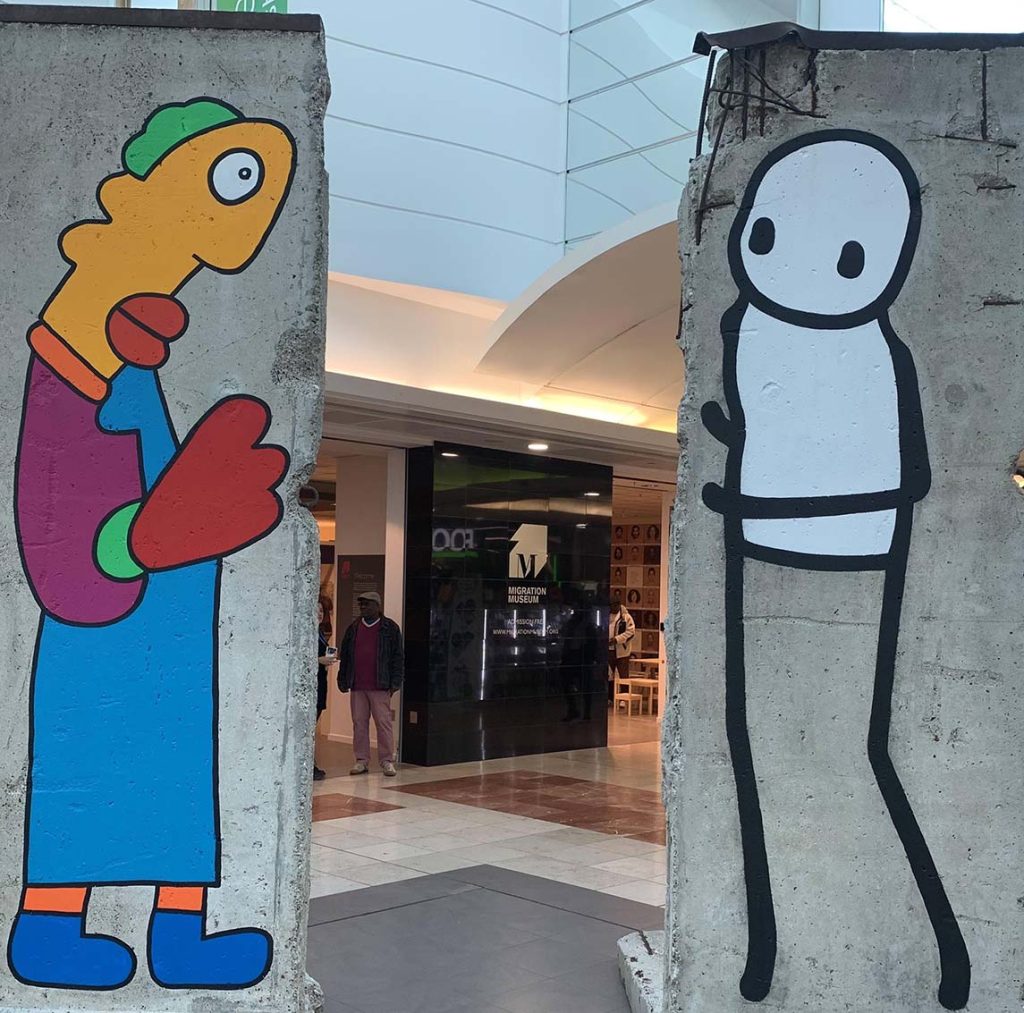
Ticket Information: Entry fee applies, check the official website for details
For a more intimate and personal perspective on Adelaide’s history and culture, I ventured to the Migration Museum. This lesser-known gem, located in the heart of the city, tells the powerful stories of those who embarked on journeys to make Australia their new home. The museum’s exhibits are a testament to the resilience, diversity, and shared experiences of migrants from around the world.
Walking through the galleries, I was struck by the personal nature of the exhibits. They bring to life the stories of migrants through artifacts, photographs, and audio recordings. It’s a place where history isn’t just presented; it’s felt. The “Leaving Britain” exhibit explores the experiences of those who embarked on arduous journeys to Australia, leaving behind their homelands. “Arriving in a New Land” provides insight into the challenges faced by newcomers as they adapted to a foreign environment.
One of the most moving sections was the “Refugee Week” exhibition, which highlighted the journeys of refugees who sought safety and sanctuary in Australia. It was a stark reminder of the hardships faced by those fleeing conflict and persecution. The museum’s commitment to telling these stories fosters empathy, understanding, and a deep appreciation for the courage of those who sought refuge in Australia.
The Migration Museum plays a vital role in preserving the memories and experiences of those who have shaped the nation. While entry involves a fee, it’s a small price to pay for the invaluable lessons in history, empathy, and multiculturalism that it imparts. I recommend checking the official website for the latest information on opening hours and exhibitions, as they may be subject to change.
4. National War Memorial
Ticket Information: Free entry
My cultural journey took a poignant turn as I visited the National War Memorial, a place that demands reverence and reflection. The memorial serves as a tribute to the men and women who served Australia during times of conflict. Its pristine architecture and meticulously maintained gardens create an atmosphere of solemnity and respect.
The Avenue of Honour, lined with bronze plaques bearing the names of South Australians who served in World War I, serves as a poignant reminder of the sacrifices made by previous generations. It’s a place that compels you to pause and reflect on the courage and commitment of those who served. The reflective pool and the Roll of Honor, featuring the names of those who gave their lives in the line of duty, inspire a deep sense of gratitude.
What struck me about the National War Memorial was its accessibility. It offers free entry, ensuring that visitors can pay their respects and gain insight into the nation’s history of service and sacrifice. The well-maintained grounds and the memorial’s central location in the city make it a convenient place for reflection and remembrance.
5. Ayers House Museum
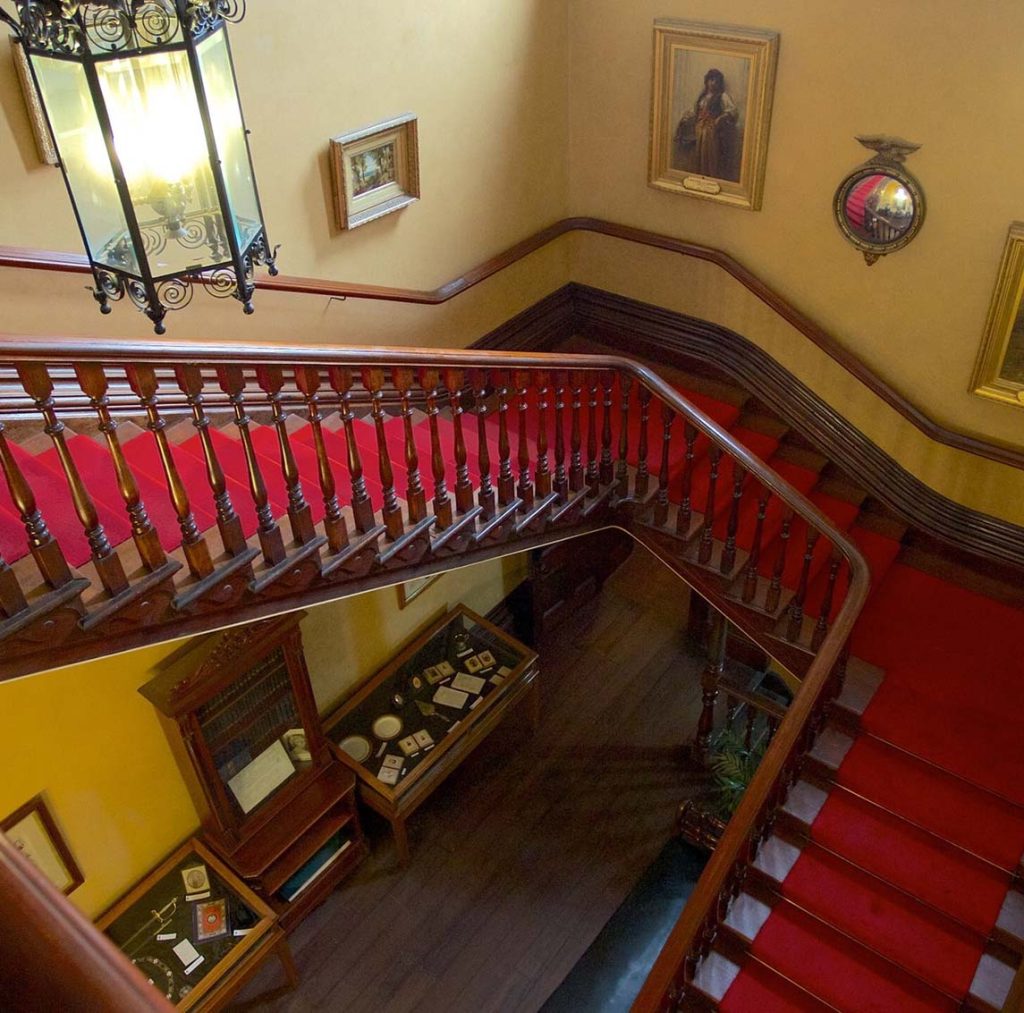
Ticket Information: Entry fee applies, check the official website for details
My journey through Adelaide’s cultural tapestry took me to Ayers House Museum, a splendid 19th-century mansion that serves as a window into South Australia’s colonial past. The mansion’s elegant architecture, period-appropriate furnishings, and meticulously preserved interiors offer a glimpse into life in the 1800s.
Walking through Ayers House, I couldn’t help but be transported back in time. The opulent dining room, adorned with delicate furniture, provided a sense of the era’s sophistication and domestic life. The drawing room was a showcase of the mansion’s grandeur, and the historical kitchen revealed the intricacies of culinary practices from the past.
The museum’s themed rooms provide an intimate look at the daily life and societal norms of the 1800s. Each room is a carefully curated experience, offering insights into the customs, technologies, and aesthetics of the time. Ayers House Museum is a hidden gem that provides a unique perspective on South Australia’s history. Entry to the museum involves a fee, and I recommend visiting the official website for the latest information on opening hours and special exhibitions.
Cultural Reflections
Adelaide’s commitment to preserving its history, celebrating its diverse culture, and honoring the sacrifices of those who came before us left a profound impact on me. Each of these cultural venues is not just a place to visit; it’s a place to learn, to reflect, and to be inspired.
My journey through these cultural landmarks revealed a deeper understanding of Australia’s history, artistic achievements, and multicultural fabric. It’s a reminder that culture and knowledge should be accessible to all, as they enrich our lives and contribute to a deeper connection to the places we visit.
Adelaide’s cultural journey is an enriching experience that captivates the heart and mind. The city’s museums, art galleries, and historical landmarks provide a window into the past, a celebration of diversity, and a profound sense of appreciation. I encourage all travelers to embrace this cultural odyssey, as it offers not only knowledge and inspiration but also a deeper connection to the heart of Adelaide. The city’s commitment to accessibility, with many venues offering free entry, ensures that culture and knowledge are within reach for all, fostering a love for creativity and history among the broader community. This is the essence of Adelaide’s cultural tapestry, and it’s a journey that I cherish and encourage others to undertake.
Additional Insights and Reflections
Beyond the individual experiences at each cultural venue, there are a few key takeaways and reflections that I’d like to share:
The Power of Storytelling: The essence of culture is in its stories, and each of these cultural venues is a masterful storyteller. They don’t just present historical facts; they invite you to become a part of the narrative. The personal artifacts, photographs, and audio recordings offer a deeply immersive experience.
Preserving Diversity: Adelaide’s commitment to preserving the diverse cultures that have enriched the city is a testament to the value of multiculturalism. These venues celebrate the contributions of migrants, Indigenous peoples, and those who have served the nation.
Accessible Culture: The fact that many of these venues offer free entry to their permanent collections is a commendable effort to make culture and knowledge accessible to all. It’s a step toward inclusivity and a love for learning.
A Window to the Past: These cultural venues are not just static institutions; they are dynamic windows to the past. The open-plan layout of the South Australian Museum and the thematic rooms at Ayers House Museum are examples of how history can be presented in an engaging and interactive manner.
Embracing Reflection: The National War Memorial is a place of reflection and remembrance. It’s an important reminder of the sacrifices made by those who have served the nation. It encourages us to reflect on the value of peace and the significance of preserving history.
Adelaide’s cultural journey is an enriching experience that captivates the heart and mind. The city’s museums, art galleries, and historical landmarks provide a window into the past, a celebration of diversity, and a profound sense of appreciation. I encourage all travelers to embrace this cultural odyssey, as it offers not only knowledge and inspiration but also a deeper connection to the heart of Adelaide. The city’s commitment to accessibility, with many venues offering free entry, ensures that culture and knowledge are within reach for all, fostering a love for creativity and history among the broader community. This is the essence of Adelaide’s cultural tapestry, and it’s a journey that I cherish and encourage others to undertake.
